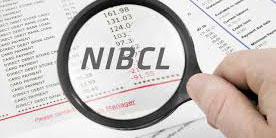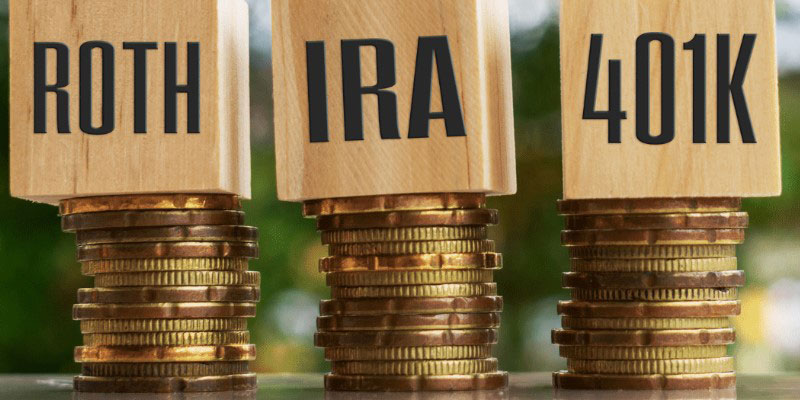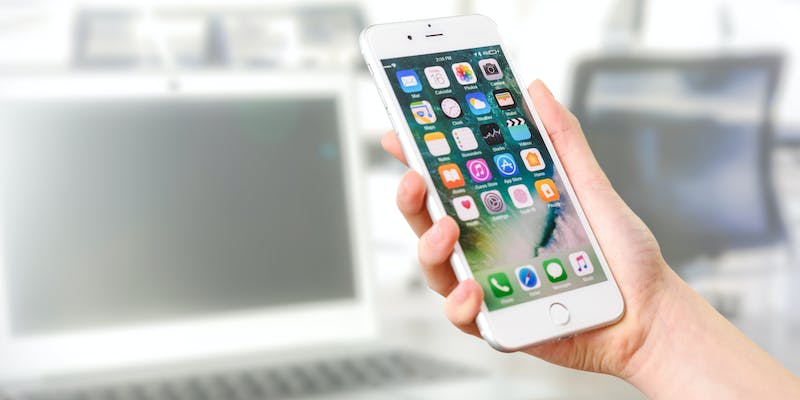Everything You Need To Know About NIBCL
Susan Kelly
Jan 24, 2024
Debts that do not accrue interest while they are held by the corporation are called "noninterest-bearing liabilities." Non-interest-bearing liabilities are part of the liability section of the balance sheet. They can be either current or non-current liabilities.
Current Liabilities: What Are They?
A company's current liabilities are its debts that are expected to be paid off during the next fiscal year (whichever is greater). When we talk about an "operational cycle," we're referring to the time it takes to acquire or generate inventory, sell the final product, and receive payment. Some sectors that rely heavily on capital investments now have production cycles that last more than a year. Companies in the alcoholic beverage and tobacco sectors, for instance, have longer than annual business cycles. In contrast, many service and retail establishments have more than two operational cycles every year. In addition, the use of current assets or the creation of new current liabilities is what ultimately pays off current liabilities.
A Non-Interest-Bearing Current Liability: Definition (NIBCL)
Non-interest-bearing current liabilities (NIBCLs) are a subset of current obligations that do not generate interest payments. Even while a NIBCL is still technically debt (indicating a quantity of money the firm owes and must pay within a year), it does not need interest payments during that time.
NIBCL for Regular People

Non-interest-bearing current obligations exist for both individuals and businesses. Rent and utility bills would fall under NIBCL if someone fabricated a balance sheet that appeared like a company financial record. A mortgage or auto loan, on the other hand, would be an example of an interest-bearing obligation. Although NIBCLs are very uncommon, a customer who has just opened a credit card account and received a generous introductory APR promotion may be eligible to report the outstanding amount as a NIBCL.
If a customer leases a new automobile or buys furniture using one of those no-payment-for-30-to-180-days offers, the ensuing payments would be recorded as a non-interest-bearing, non-current debt. Buy Now Pay Later (BNPL) is a popular fintech product that allows customers to make purchases and pay for them in instalments with no interest added, provided they comply with the conditions of the agreement.
Examples of NIBCL
Accounts payable with no fees and unpaid taxes that aren't accruing penalties or interest are two examples of NIBCL that consumers often face.
Real World Example
Just so there is no confusion, if your business purchased $50 worth of computer paper from a vendor, the vendor would issue you a charge for $50. Your employer may put off paying a debt if it knows it will go unpaid. In that case, the supplier may start sending invoices once a month again, but the total amount would still be $50. These fifty dollars are a non-injury, causing cash loss. If the vendor started charging a late fee after the first month of nonpayment, the $50 would quickly turn into a debt that accrues interest or a service charge.
Notes Payable
Notes payable are the company's obligation to its lenders in the form of promissory notes. These are legally binding agreements between a firm and its creditors, stating that the company will pay the creditors a certain amount of money on a specified future date. Notes payable are incurred when a company makes purchases, receives funding, or engages in other activities that result in a monetary obligation. In addition, the maturity time is used to classify notes payable as either short-term or long-term. Therefore, long-term debt such as notes payable that have a maturity of more than a year is classified as long-term or non-current debt. Notes due to having a maturity date of less than a year are classified as current liabilities on the balance sheet. There are two further varieties of notes payable:
Interest Bearing Notes

These funds reflect loans made by creditors to debtors, and interest is charged on them in accordance with the agreement's stipulations. The face value of a note payable specifies the total amount borrowed, the loan's maturity date, and the interest rate paid every year. This rate of interest is often expressed as a yearly percentage.
Zero Interest Bearing Notes
However, the interest rate on these notes is not stated anywhere on the face of the note itself. Still, the borrower is responsible for paying interest. On the due date, the borrower must make a payment to the lender. He got more money than this upon the issuance of the note. If this occurs, the borrower will get the cash equivalent of the note's present value. This is just the note's face value at maturity, less the interest the lender has accrued on it. To put it another way, the bank will charge you a fee now rather than after the note expires.
Conclusion
Liabilities that don't accrue interest are easy to calculate. Working capital loans and the interest component of long-term debt are two examples of the complexity that may arise from current obligations. It's a warning sign if a company has a lot of non-interest bearing non-current liabilities on the balance sheet and not enough current liabilities.







